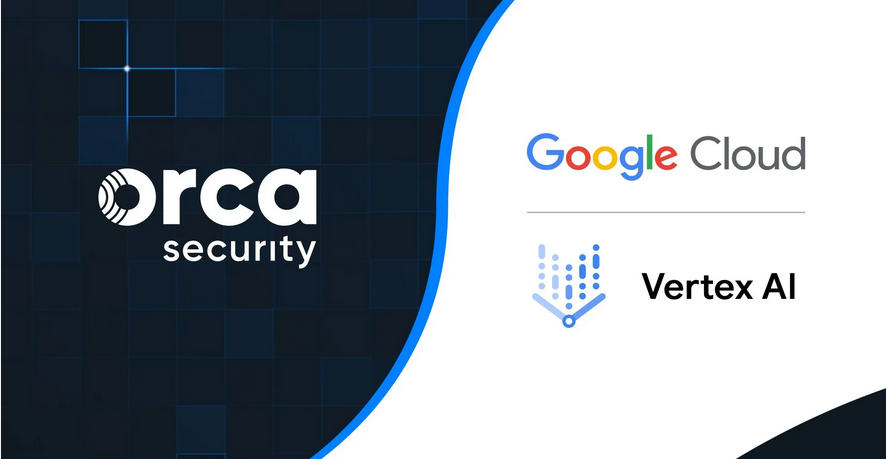Understanding container security challenges – Onboarding Containers
October 10th, 2022
Security in containerized environments is of paramount importance due to the unique challenges posed by containerization. While containerization provides many benefits in terms of agility, scalability, and portability, it also introduces unique security challenges that need to be addressed.
Let us now look at common security risks and threats in containerized environments:
- Isolation and vulnerability management: Containers rely on a shared host kernel, and if one container is compromised, it can potentially impact other containers and the underlying host. Therefore, ensuring strong isolation between containers and proactive vulnerability management is crucial to prevent lateral movement of threats and unauthorized access.
- Container image security: Containers are built from images that contain the application and its dependencies. These images must be regularly scanned for vulnerabilities and validated to ensure they do not include any malicious or outdated components. Failure to secure container images can lead to the exploitation of known vulnerabilities and compromise the integrity of the entire containerized environment.
- Runtime threats and monitoring: Monitoring container runtime is essential to detect and respond to security incidents in real time. It involves tracking container behavior, network traffic, and application activity to identify anomalies or malicious activities. Continuous monitoring helps in the timely detection of runtime threats, such as unauthorized access attempts, abnormal resource usage, or malicious code execution.
- Compliance and regulatory requirements: Organizations working in regulated industries need to ensure their containerized environments comply with industry-specific security standards and regulatory frameworks. Failure to meet these requirements can lead to severe legal and financial consequences. Proper security measures, such as access controls, data encryption, and audit logs, must be implemented to maintain compliance.
- Orchestration and configuration security: Container orchestration platforms such as Kubernetes introduce additional security considerations. Securing the orchestration layer, managing access controls, and enforcing secure configuration practices are vital to protecting the underlying infrastructure and preventing unauthorized access or manipulation of containers.
- Complex networking: Containers are often dynamic, and their IP addresses may change frequently. Service discovery becomes challenging in a dynamic and distributed environment. Managing networking for containers can be complex, especially when dealing with multiple containers on different hosts that need to communicate with each other.
- Resource overhead: Container orchestration tools, such as Kubernetes or Docker Swarm, introduce additional resource overhead to manage and coordinate container deployment, scaling, and load balancing. Running multiple containers on a host can lead to resource contention, such as container density requiring careful resource allocation to ensure optimal performance.
- Monitoring: Monitoring containers poses challenges due to their ephemeral nature. Traditional monitoring tools may struggle to provide real-time insights into the state of containers. Containers require specific monitoring tools that understand container orchestration platforms and can track metrics such as container health, resource usage, and application performance.
- Logging management and aggregation: Containerized applications generate a large volume of logs, and managing and analyzing these logs becomes challenging. Centralized log management solutions are crucial but can be complex to set up. Aggregating logs from multiple containers and services requires a comprehensive strategy to ensure that logs are accessible for debugging and auditing purposes.
- Secure deployment pipelines: Security should be integrated into the entire container deployment pipeline. From the development stage to production deployment, each step should include security checks and measures to ensure that containers are free from vulnerabilities and adhere to security best practices. Implementing secure container registries, automated security testing, and secure image signing are critical aspects of a secure deployment pipeline.
- Container escape and privilege escalation: Container escape vulnerabilities, though rare, have the potential to compromise the entire host system. Proper security measures, such as user namespace remapping, seccomp, and AppArmor, must be implemented to mitigate the risk of container escape and privilege escalation attacks.
